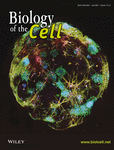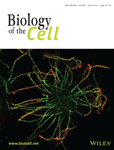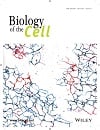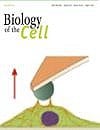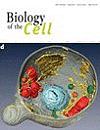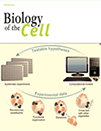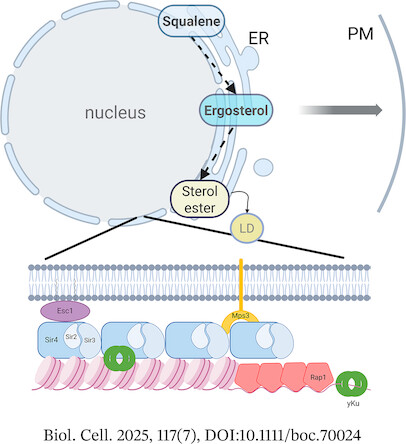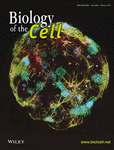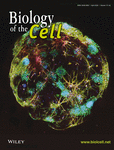Edited By: René-Marc Mège, Paris, France
Biology of the Cell publishes original research articles and reviews covering various aspects of cellular, molecular and structural biology, developmental biology, cell physiology, and evolution. We aim to enhance our understanding of the biochemical and biophysical principles underlying the organization of living matter at the molecular, cellular, and tissue levels.
The journal has been published since 1984 by the French Societies of Cell Biology and of Microscopies.
Journal Metrics
- 5.1CiteScore
- 2.4Journal Impact Factor
- 25%Acceptance rate
- 18 days Submission to first decision
From Cell to Organism
16-19 October 2024
As the smallest autonomous biological system, the cell defines a fundamental scale of organization in biology. The complex assemblies of cells during development lead to the emergence of much larger scales of organization underlying novel functions associated with the life and reproduction of multicellular organisms. These different scales of organization raise fundamental questions in the field of cell and developmental biology: How are subcellular cell structures and dynamics controlled? How can biochemical and mechanical cell interactions drive to the emergence of complex organs? How can tissue or organ-scale processes in turn modulate cell organization and dynamics for the lifelong biology of multicellular systems? How these processes have been selected throughout evolution and how their dysfunction leads to various pathologies?
To explore such fundamental questions and achieve a multiscale understanding of biology, the French Societies for Cell Biology and Developmental Biology, as well as CNRS and INSERM, are joining forces to co-organize the conference “From Cells to Organism: When Cell Biology Meets Development” in Paris from October 16 to 19, 2024.
For more information and to register: https://sbcf.fr/en/event/from-cell-to-organism-16-19-octobre-2024/
View all past and future SBCF events here: https://sbcf.fr/en/evenements/
The SBCF awards grants to PhD students or post-docs presenting their work at international congresses. The Society supports financially researchers willing to organize meetings in the Biology of the Cell field. The Society is also willing to promote science outreach activities engaging the public.
Additionally, two prizes are awarded each year. The SBCF Young Researcher Prize rewards the excellence of the work of a researcher who's had at least one of his articles published outside his PhD. The SBCF PhD Thesis award rewards the quality of the research done during the PhD.
For more information visit: https://sbcf.fr/en/soutiens/
Articles
Meeting Report on the Symposium Organized to Celebrate the 40th Anniversary of the French Society for Cell Biology
- 16 July 2025
Dynamic Organization of Cells in Colonic Epithelium is Encoded by Five Biological Rules
- 14 July 2025
Graphical Abstract
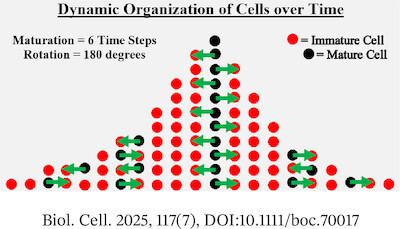
This study reports that a set of five biological rules encodes how colonic epithelium dynamically maintains its precise organization of cells despite continuous tissue renewal. These rules might even provide a means to understand the mechanisms that underlie organization of other tissue types, and how tissue disorganization leads to birth defects and tissue pathology like cancer.
The Nuclear Envelope Proteins Esc1 and Mps3 Differentially Impact Sterol Gradients in Budding Yeast
- 6 July 2025
The DNA Repair Component EEPD1 Regulates Actin Polymerization
- 30 June 2025
Graphical Abstract
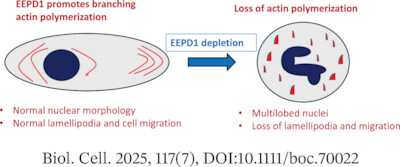
EEPD1 is a DNA repair component important for proper replication. This study demonstrates that EEPD1 is required for phosphorylation of multiple actin polymerization components, SRC, Cortactin, RAC and Profilin. Without EEPD1 cells fail to polymerize actin and lose proper nuclear shape, lamellipodia and cell migration. EEPD1 therefore links actin polymerization with DNA repair and replication.
NSUN6 Maintains BMPER Stability in an m5C‐Dependent Manner to Suppress Cell Proliferation and Migration in Hepatocellular Carcinoma
- 30 June 2025
Graphical Abstract

In hepatocellular carcinoma (HCC), the methyltransferase NSUN6 catalyzes m⁵C modification of BMPER mRNA, enhancing its stability and elevating BMPER protein expression. This NSUN6-BMPER axis suppresses HCC progression by inhibiting tumor cell proliferation/migration while correlating with improved patient prognosis, establishing RNA epigenetic regulation as a key inhibitory mechanism in liver cancer.
The following is a list of the most cited articles based on citations published in the last three years, according to CrossRef.
The role of the unfolded protein response in cancer progression: From oncogenesis to chemoresistance
- 1-17
- 10 October 2018
Graphical Abstract

Review: Tumour progression can be broken into distinct stages starting with transformation, leading to unrestricted cell division, angiogenesis, invasion and metastatic spread. Each of these stages present tumour cells with a specific set of challenges, which must be overcome to progress. In this review article we describe the Unfolded Protein Response (UPR) and outline how tumours co-opt this adaptive cell stress response pathway to ensure their survival and spread.
Are cancer cells really softer than normal cells?
- 167-189
- 28 February 2017
Graphical Abstract
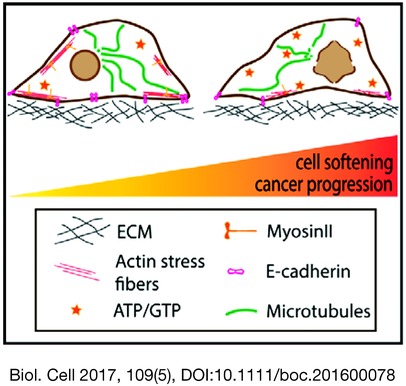
Review: Most solid tumours are more rigid than their surrounding environment. In contrast, a growing number of studies show that individual cancer cells are more deformable than their healthy counterparts and that cell softening occurs during cancer progression. The mechanical differences between normal and cancer cells could be primarily due to modifications in the cytoskeleton, but other factors, such as the cell microenvironment, internal membrane trafficking or non-equilibrium active forces, may contribute.
Volume scanning electron microscopy for imaging biological ultrastructure
- 307-323
- 18 July 2016
Graphical Abstract
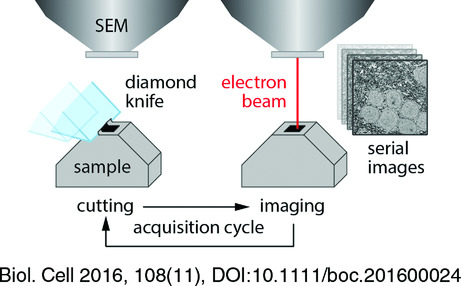
Novel volume imaging methods based on scanning electron microscopy (SEM) allow researchers to acquire biological specimens at <10–50 nm resolution in three dimensions. Recent advances have increased reliability and speed of acquisitions, improved image quality and reduced the required amount of manual labour. Volume SEM has the potential to revolutionise ultrastructural investigations of cells and tissues in volumes spanning distances of tens or even hundreds of microns.
Virus factories: associations of cell organelles for viral replication and morphogenesis
- 147-172
- 9 January 2012
The role of the unfolded protein response in cancer progression: From oncogenesis to chemoresistance
- Biology of the Cell
- 1-17
- 10 October 2018
Graphical Abstract

Review: Tumour progression can be broken into distinct stages starting with transformation, leading to unrestricted cell division, angiogenesis, invasion and metastatic spread. Each of these stages present tumour cells with a specific set of challenges, which must be overcome to progress. In this review article we describe the Unfolded Protein Response (UPR) and outline how tumours co-opt this adaptive cell stress response pathway to ensure their survival and spread.
Origin and evolution of microvilli
- Biology of the Cell
- 5 September 2024
Graphical Abstract
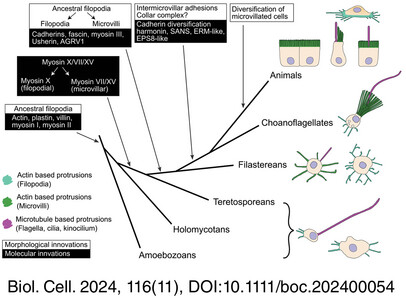
Microvilli are widespread organelles of animal cells that frequently play a role in sensation and feeding. Ansel et al. reconstitute their origin and evolution by performing a broad morphological survey of microvilli in animals and their unicellular relatives, coupled with a bioinformatic study of the phylogenetic distribution of the main microvillar gene families. They conclude that microvilli likely evolved by modification of filopodia-like structures in unicellular ancestors of animals, and diversified alongside cell types during animal evolution.
Mitochondria: At the crossroads between mechanobiology and cell metabolism
- Biology of the Cell
- 16 June 2023
Graphical Abstract
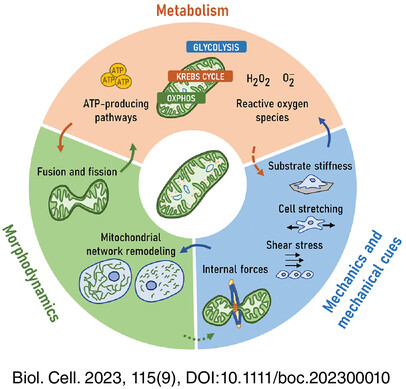
The organization and morphology of the mitochondrial network reflect the bioenergetic functions of tissues and cells. Reciprocally, energy needs impact mitochondrial morphodynamics.
External and internal mechanical forces can alter mitochondrial morphodynamics, under the control of key regulators such as membrane curvature and tension. The reciprocal link is however still poorly documented.
Mechanical cues regulate metabolic processes, including ATP and ROS production while the influence of metabolism on mechanics has to be more substantiated.
2019 Increased Impact Factor 3.922!
Read, cite the journal, or submit your paper to keep contributing to the success of Biology of the Cell
Lorem ipsum dolor sit amet, consectetur adipiscing elit. Proin imperdiet nibh sed ipsum molestie eu mattis justo malesuada. Curabitur id quam augue, ac eleifend justo. Integer eget metus sagittis velit semper auctor vel et nunc. Phasellus tempus felis at arcu fringilla at ndimentum libero placerat. Aenean ut imperdiet dolor. Nulla pretium mi vestibulum dui dictum sed ullamcorper tellus sodales. Duis non nibh id ipsum feugiat imperdiet id fermentum nunc. Maecenas id ultricies felis. Suspendisse lacinia rhoncus vestibulum. Vestibulum molestie vulputate convallis.Fusce et augue erat, nec mollis mi.
Mechanotransduction properties of the cytoplasmic tail of PECAM‐1
Graphical Abstract
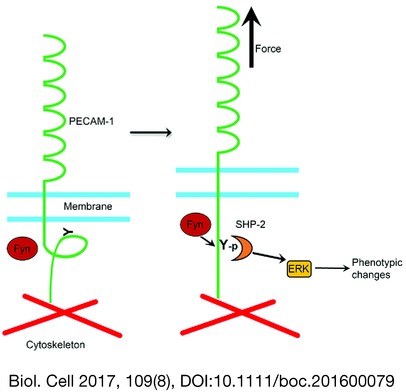
Research article: We proposed earlier that PECAM-1 is an endothelial cell mechanotransducer and that externally applied forces stretch the PECAM-1 cytoplasmic tail (PECAM-1cyt), exposing a hidden tyrosine which allows it to be phosphorylated by Fyn. If so, PECAM-1cyt could have some folded structure that can be mechanically unravelled. In this study, we show force spectroscopic data on PECAM-1cyt supporting our idea. The figure shows mechanoactivation of PECAM-1, which induces mechanosignalling through proteins such as ERK1/2, a known shear stress-activated MAP kinase.
The integrative role of cryo electron microscopy in molecular and cellular structural biology
Graphical Abstract
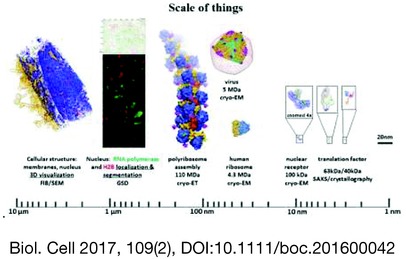
Review: In this paper, we review latest advances in cryo electron microscopy (cryo-EM) which allow unprecedented high-resolution analysis thanks to new detector instrumentation leading to a revolution in resolution in the cryo-EM field. These latest technological developments underline the role of cryo-EM in multi-scale multi-resolution integration, thus bridging cellular scales and atomic details in synergy with other methods such as X-ray crystallography, fluorescence imaging or focussed-ion beam milling. This illustrates the trend of the field towards cellular structural biology.
Left‐right asymmetry in the light of TOR: An update on what we know so far
Review
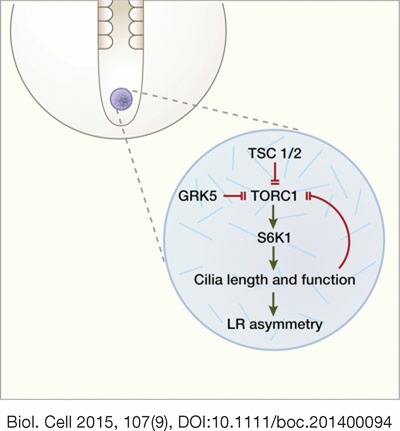 Review
Review
The mTOR pathway has often been suggested as a pathway which is detrimental for health. However, it has almost been forgotten that such pathways which are deregulated in the adult or even aging adult are indispensable during embryonic development. Very recently, the target of rapamycin pathway has been identified as a crucial regulator of early symmetry breaking. In here, we provide a short review on the mTOR cascade itself, on asymmetry development in the most common model organisms and the current evidence for an involvement of mTOR in left-right asymmetry development.
Evolving transcriptomic fingerprint based on genome‐wide data as prognostic tools in prostate cancer
Research article
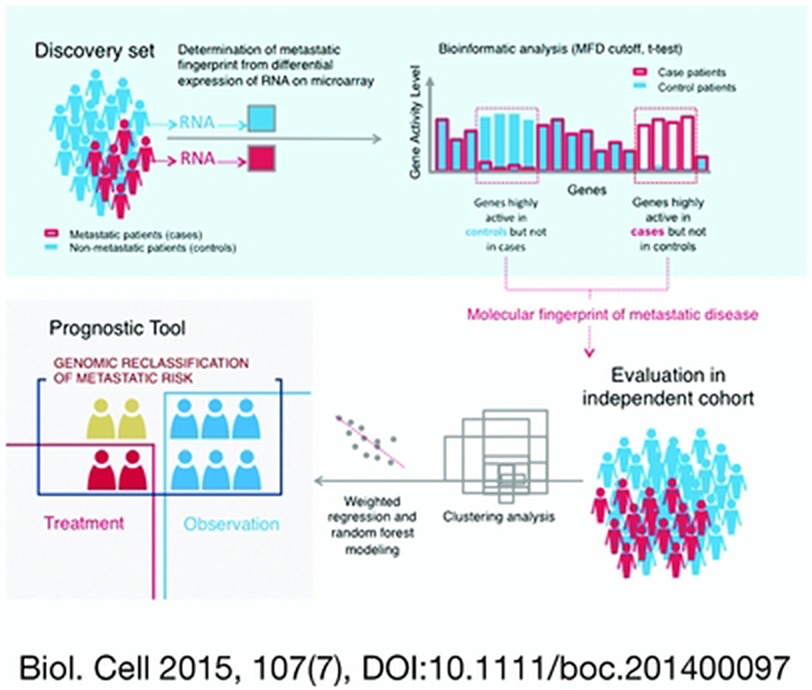 Research article
Research article
Translating cancer genomic fingerprints into the clinic goes through several milestones. First, appropriate study design is needed to define genomic fingerprint using differential expression analysis and statistical tests. Defining genomic fingerprint improves cancer risk stratification, providing more accurate prognostic information of tumour aggressiveness (or lethality) for prognostic biomarker development. The second step is evaluating the fingerprint in independent cohorts verifying the association between the fingerprint and the clinical end point (i.e. metastasis) using machine learning and survival analysis. This fingerprint has potential prognostic ability that can impact prostate cancer treatment management potentially circumventing the requirements for unnecessary therapies.
Cep126 is required for pericentriolar satellite localisation to the centrosome and for primary cilium formation
Research article
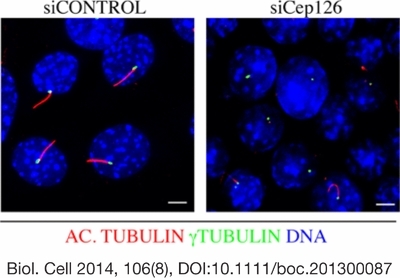 Research article
Research article
The centrosome is the major microtubule (MT) organising centre. Here, we show that Cep126 localises to the centrosome, pericentriolar satellites and the base of the primary cilium. Cep126 is crucial to maintain the MT cytoskeleton organisation through modulation of the transport of pericentriolar satellites. Functional block of Cep126 causes disruption of the radial organisation of the MTs, disorganisation of the mitotic spindle and impairs the formation of the primary cilium.
Recent issues
- Volume 117, Issue 7July 2025
- Volume 117, Issue 6June 2025
- Volume 117, Issue 5May 2025
- Volume 117, Issue 4April 2025



